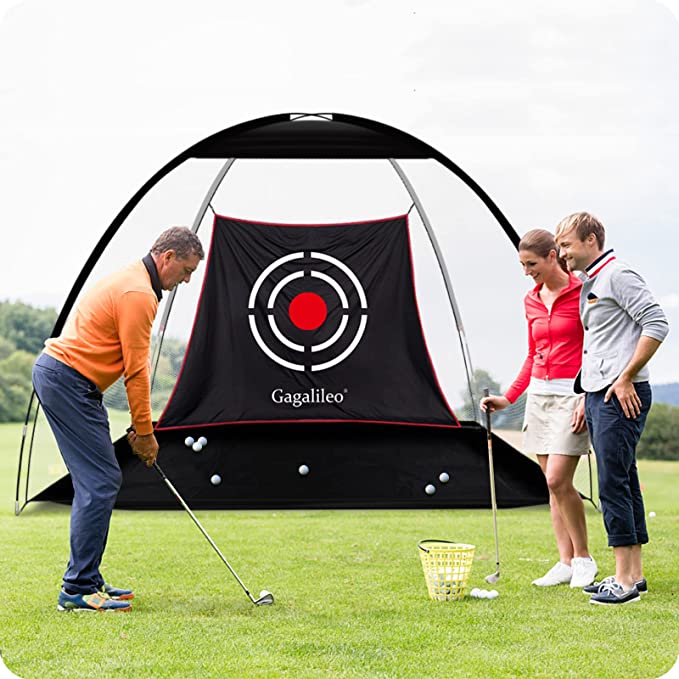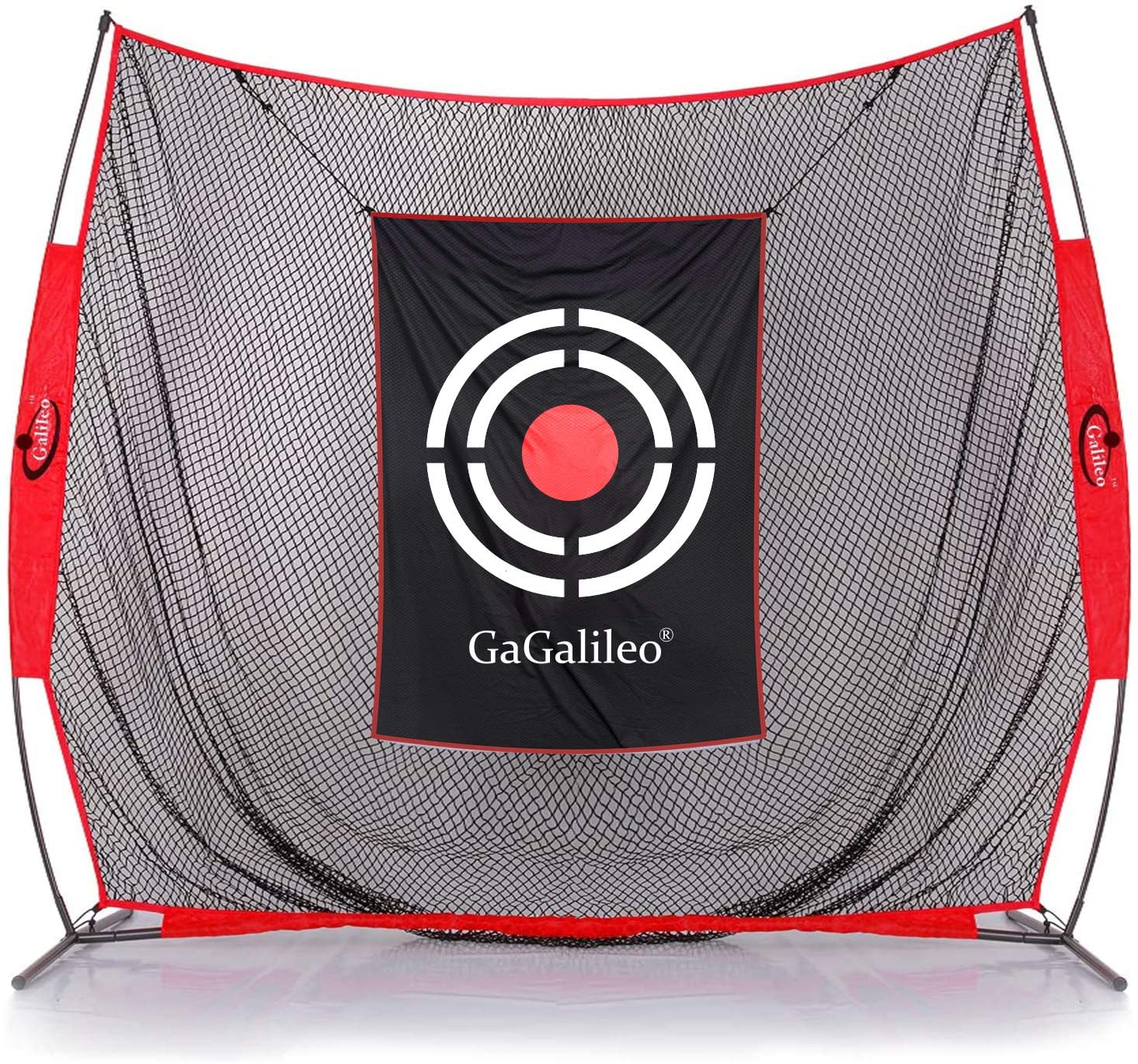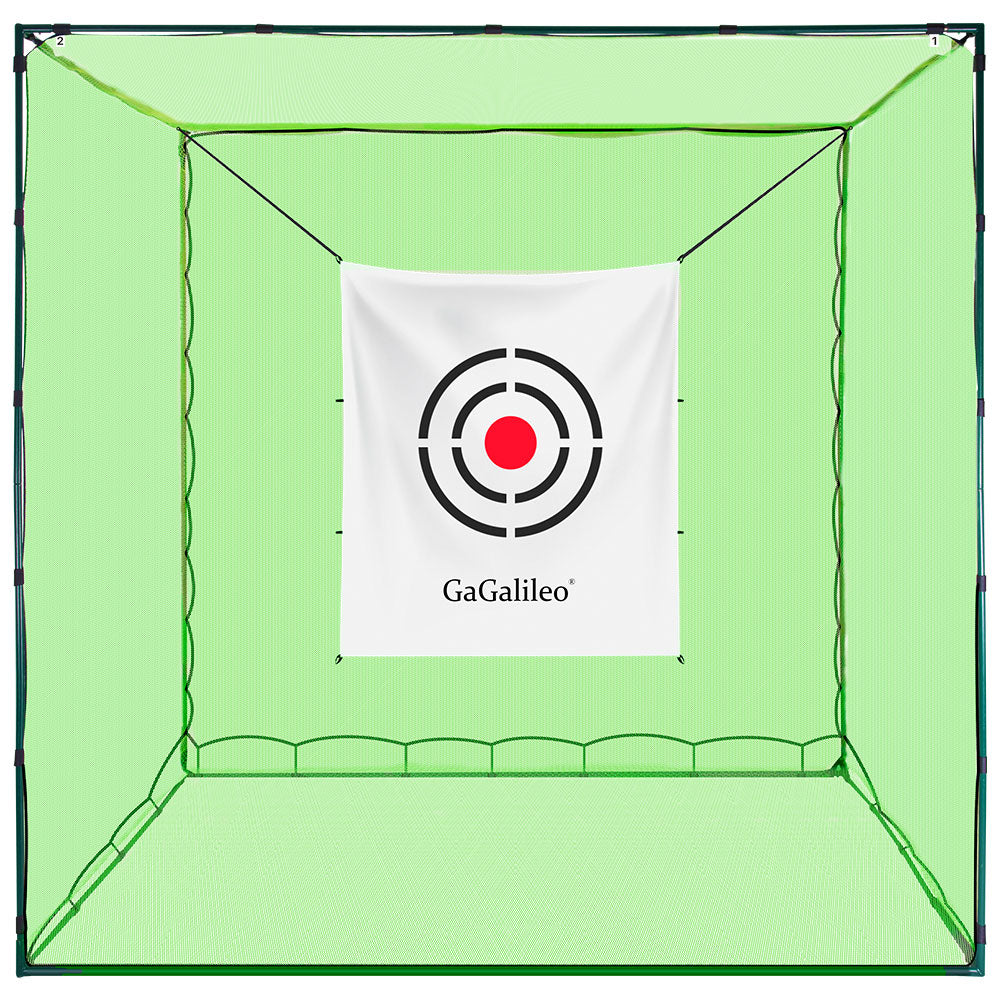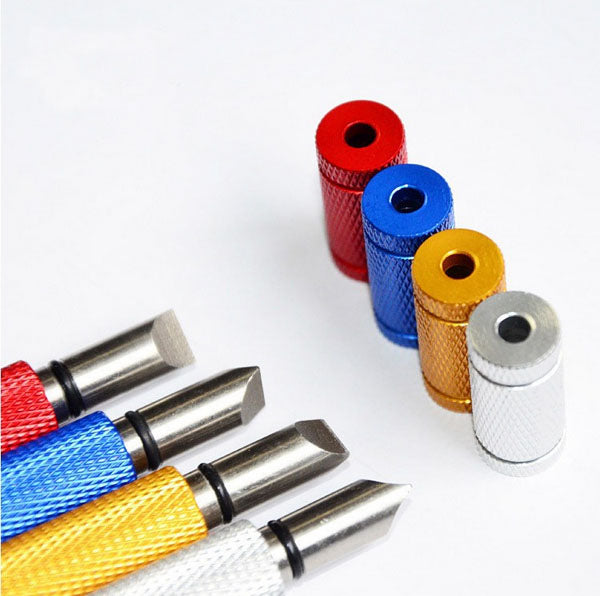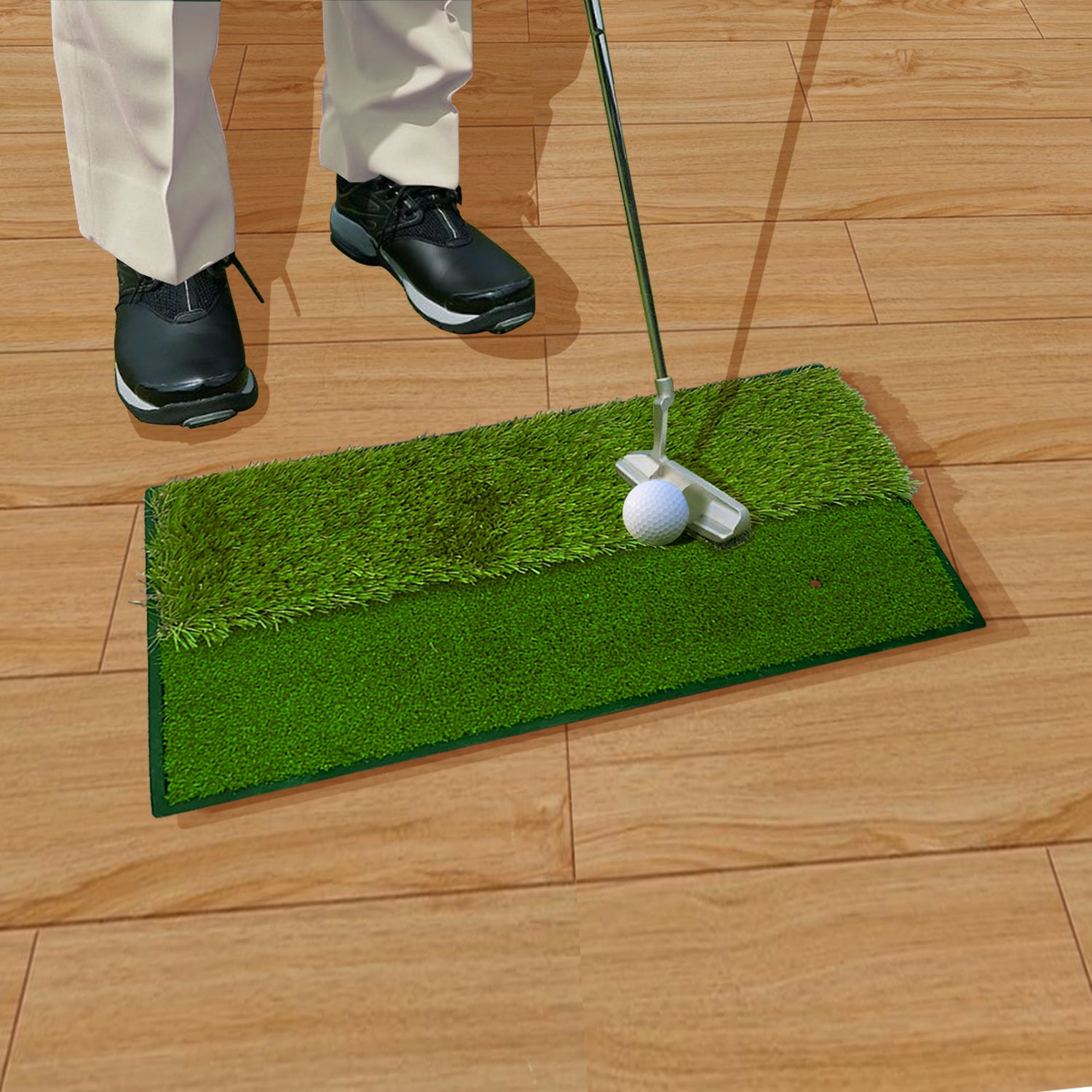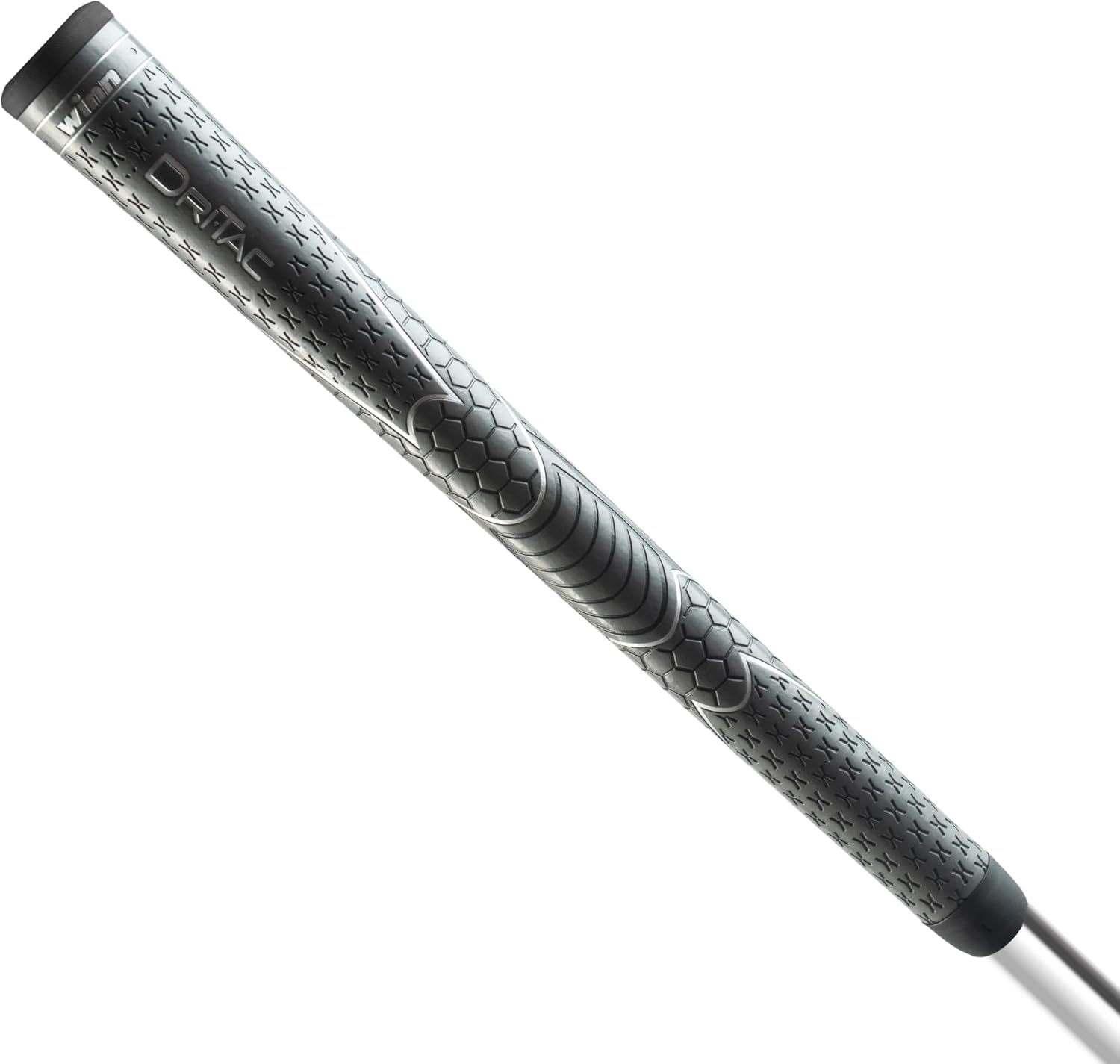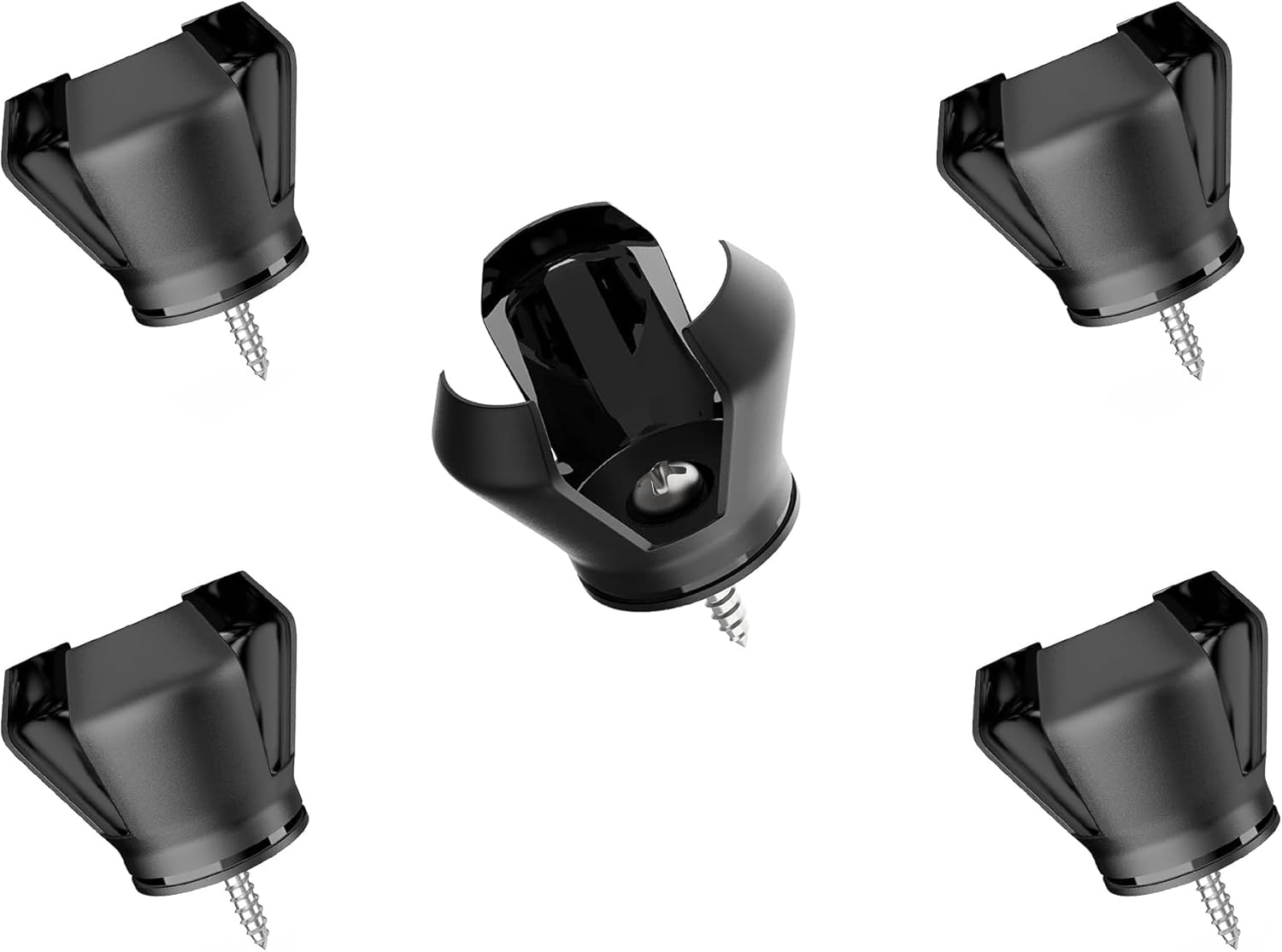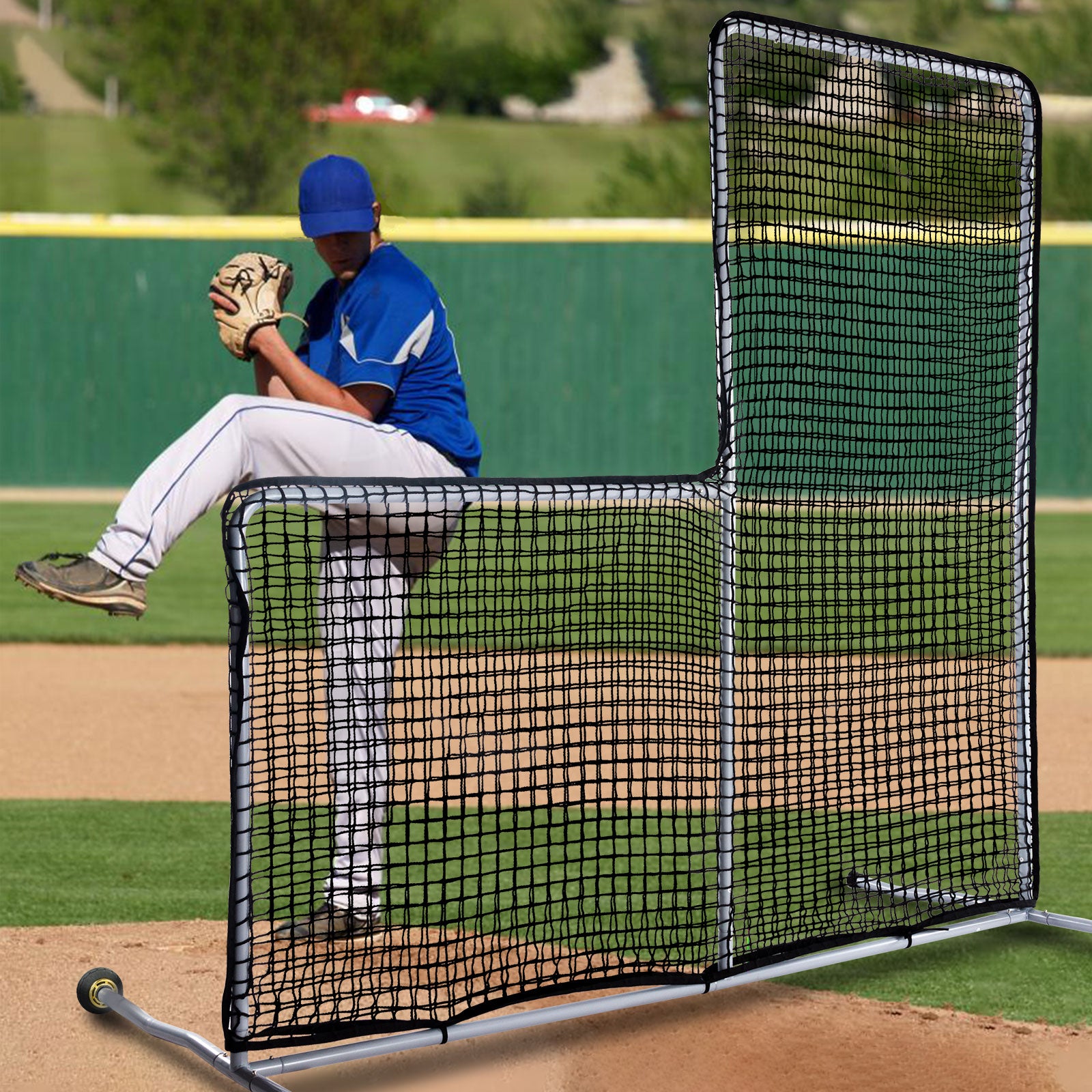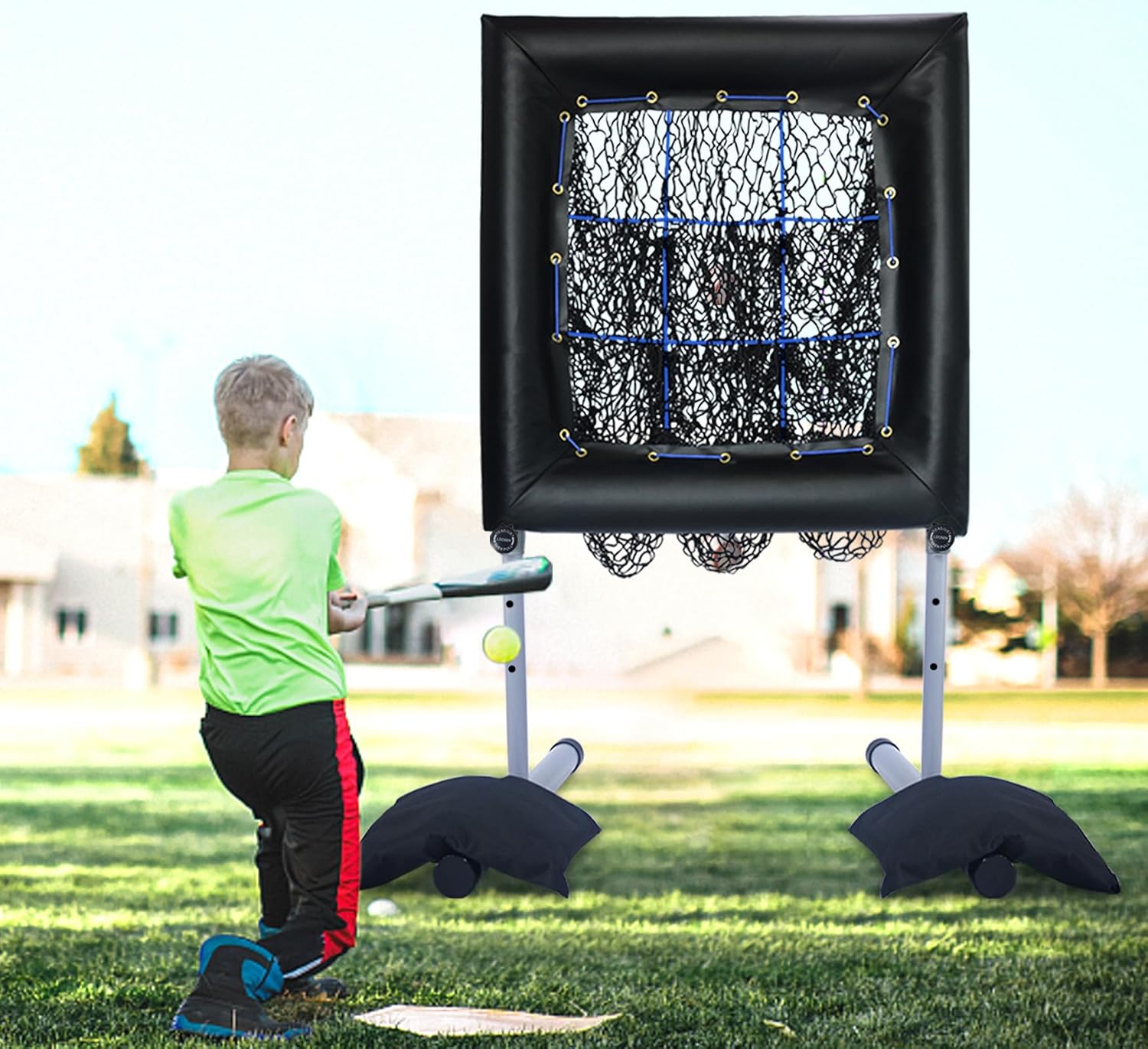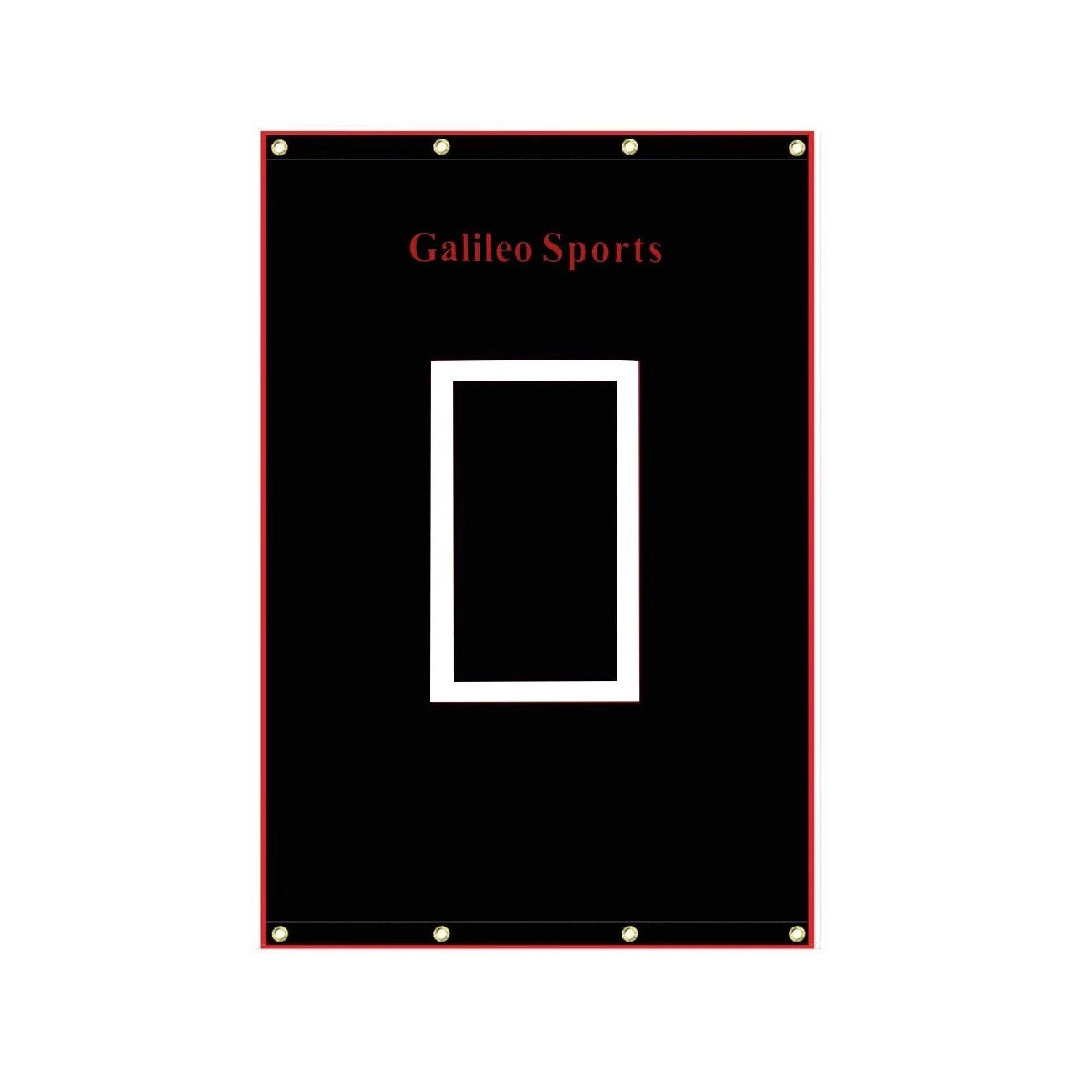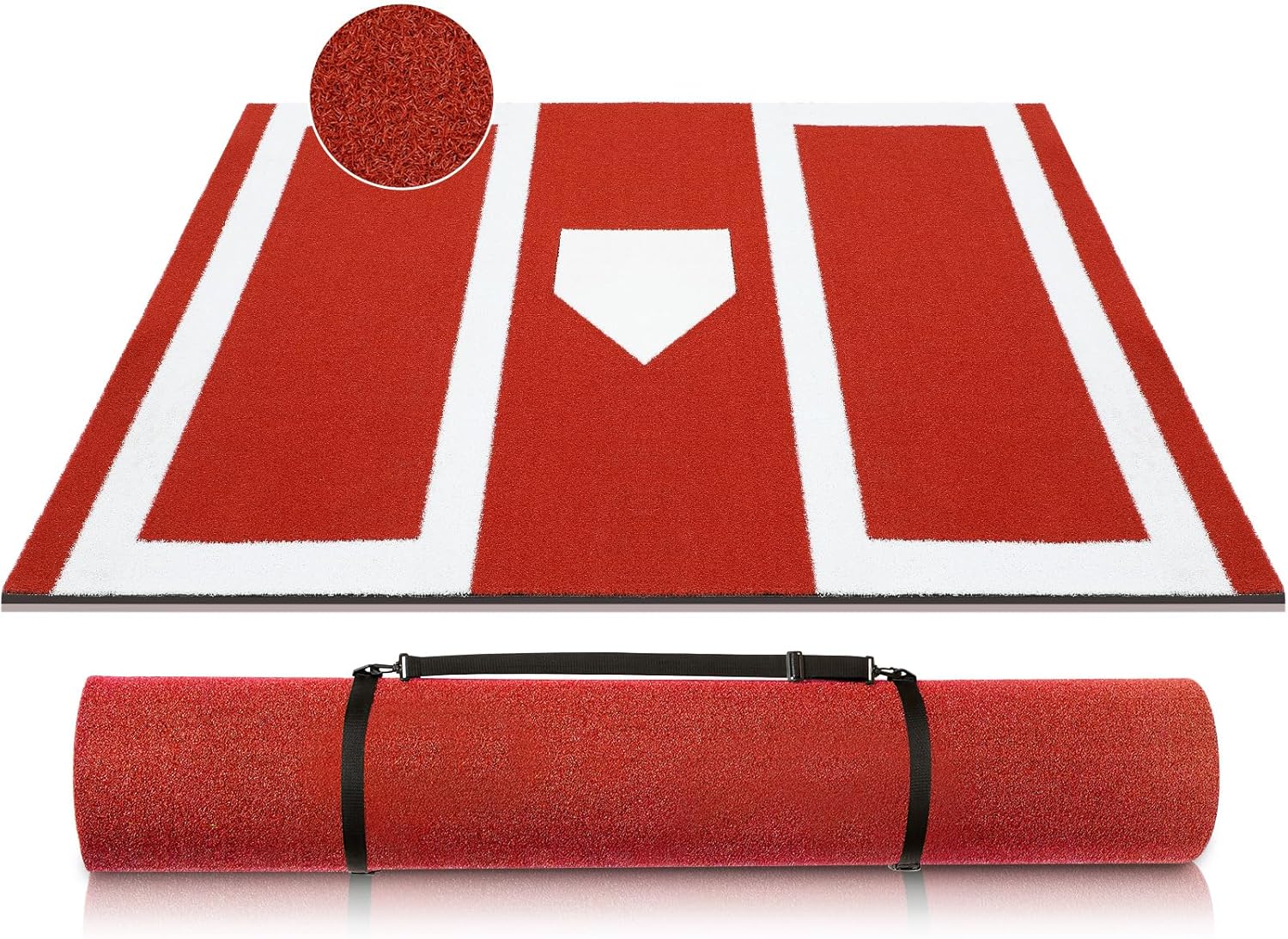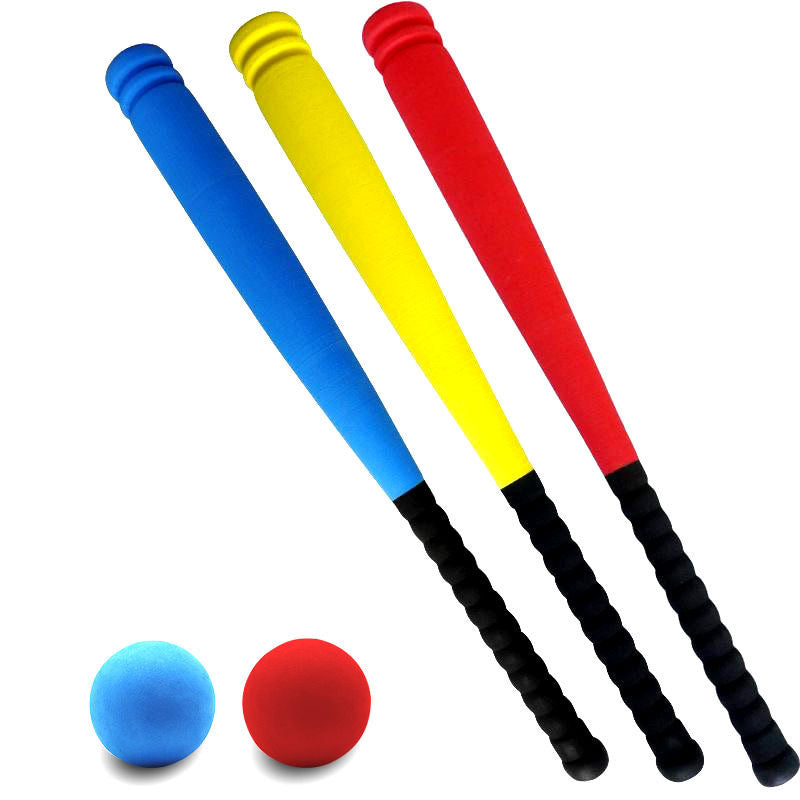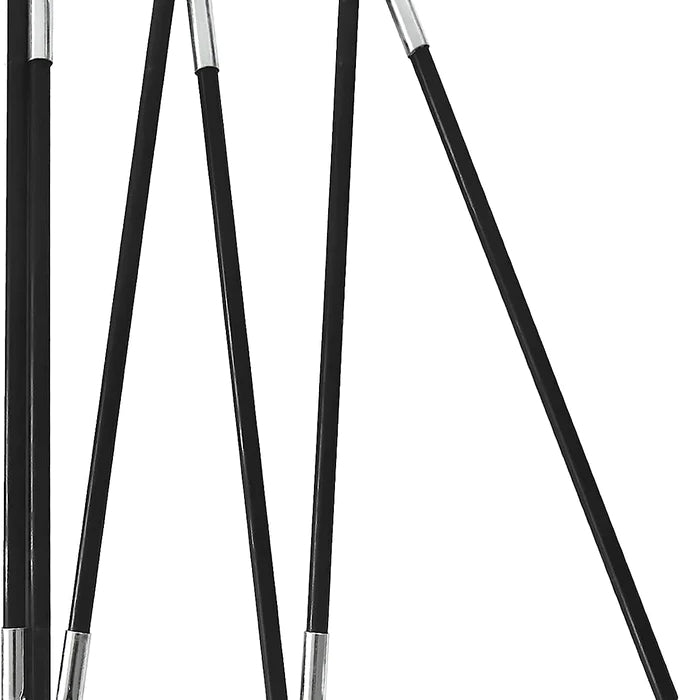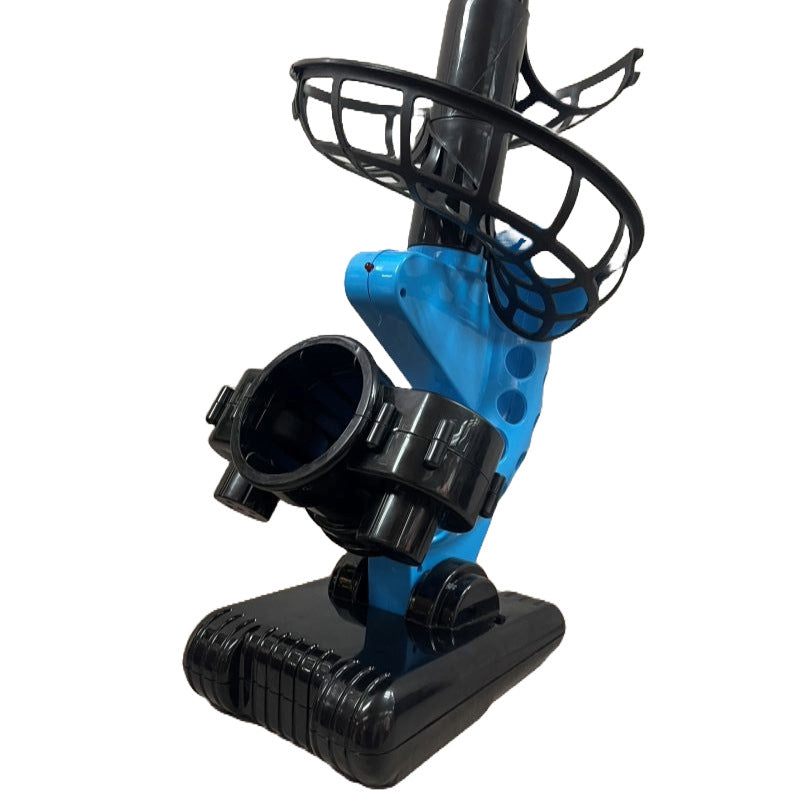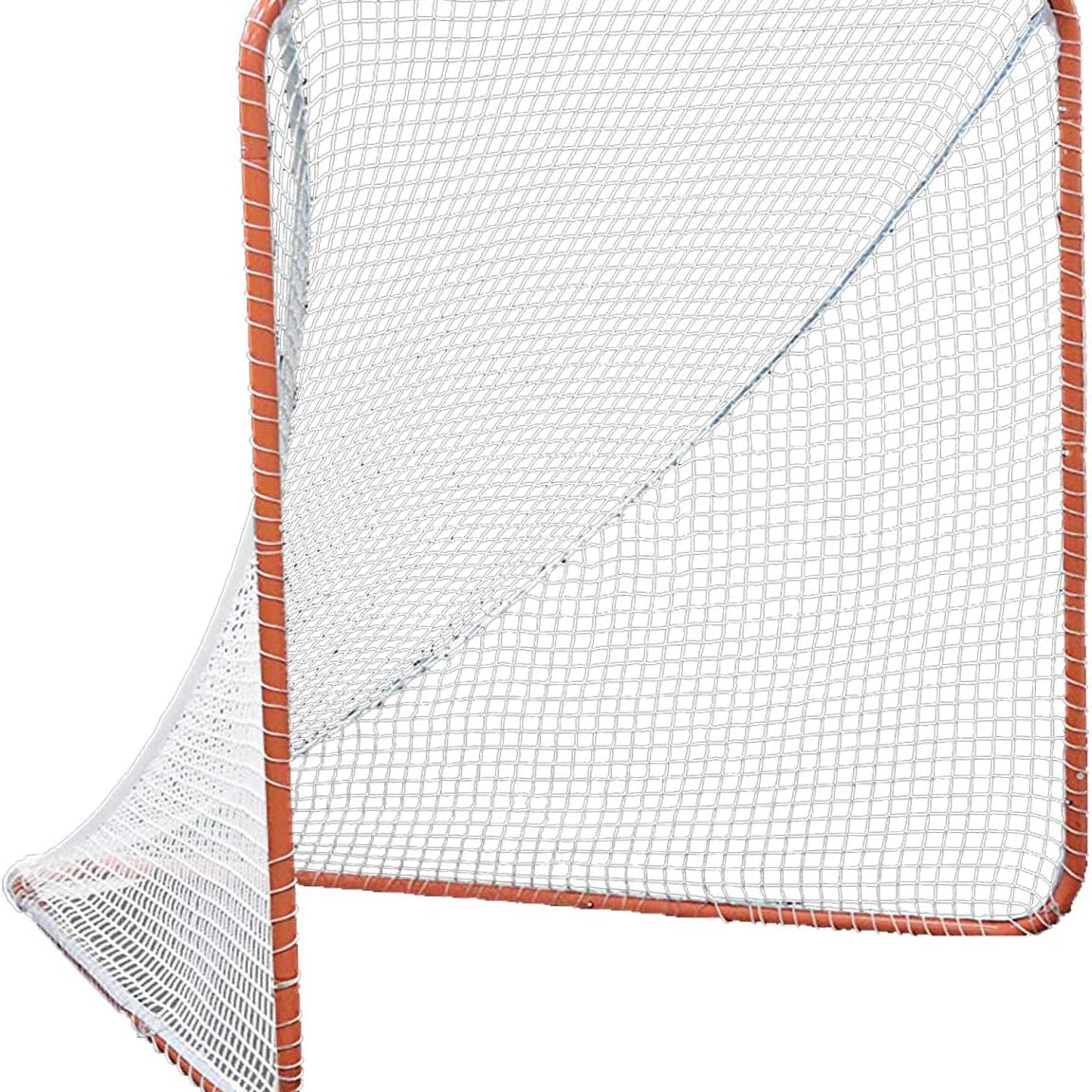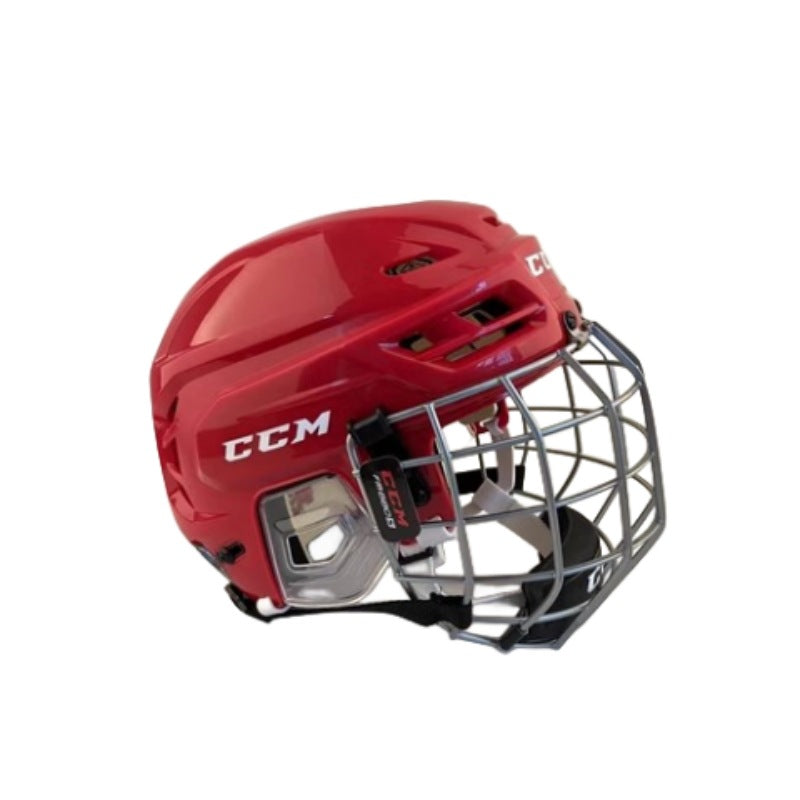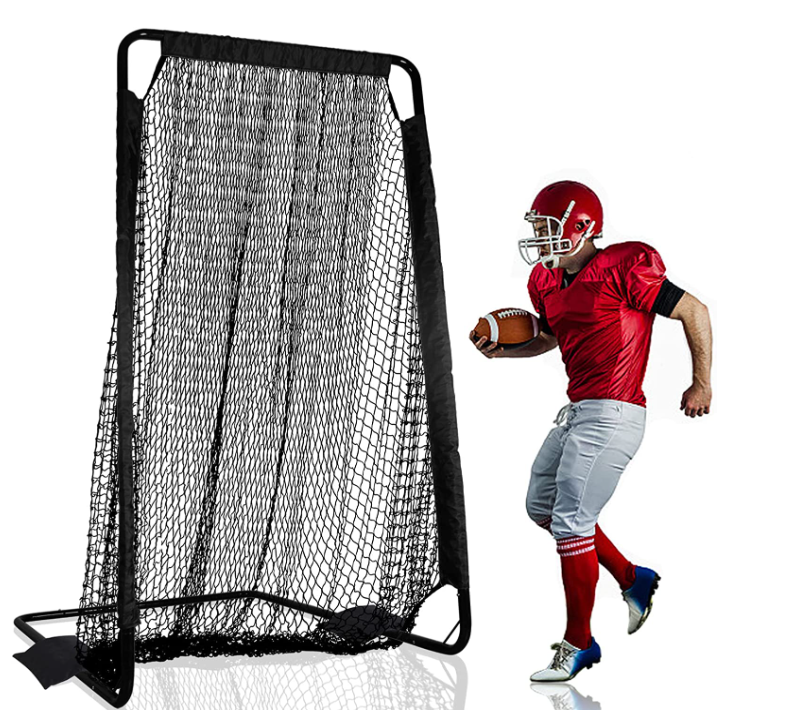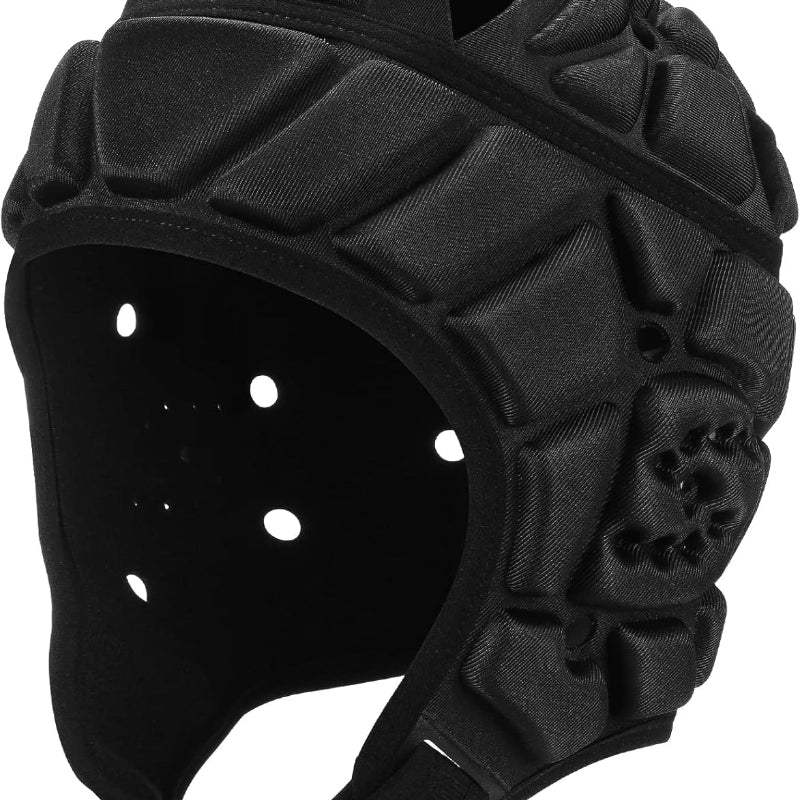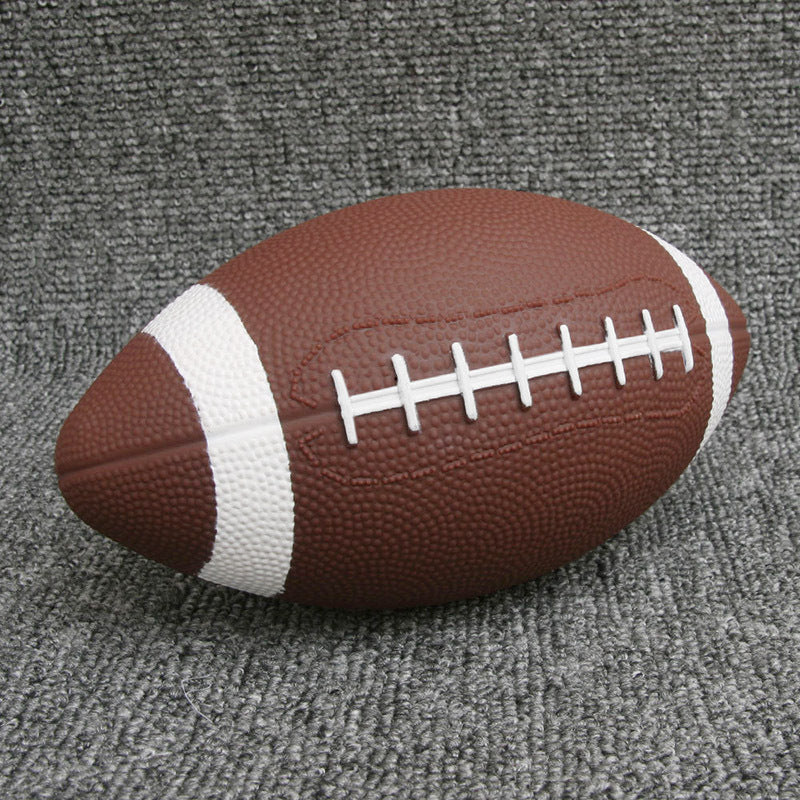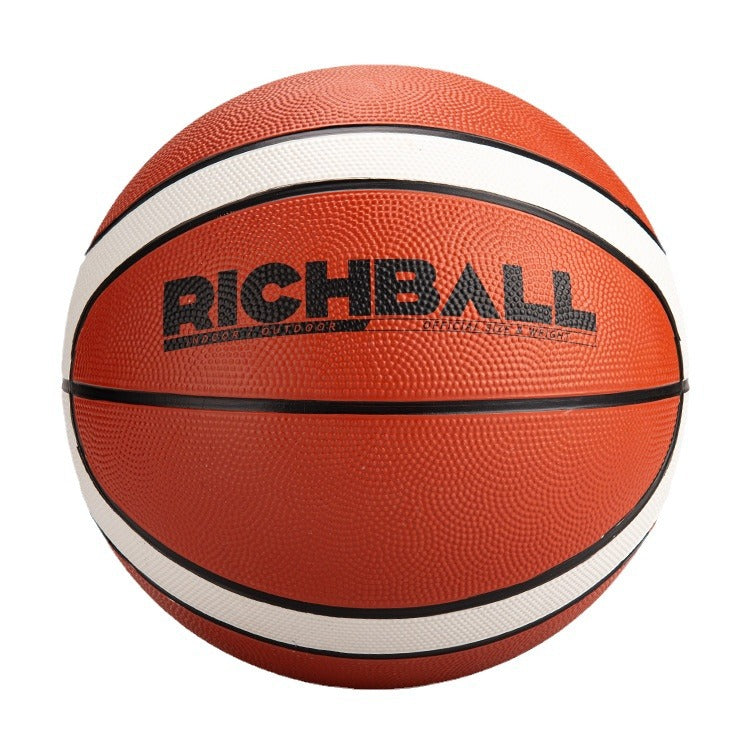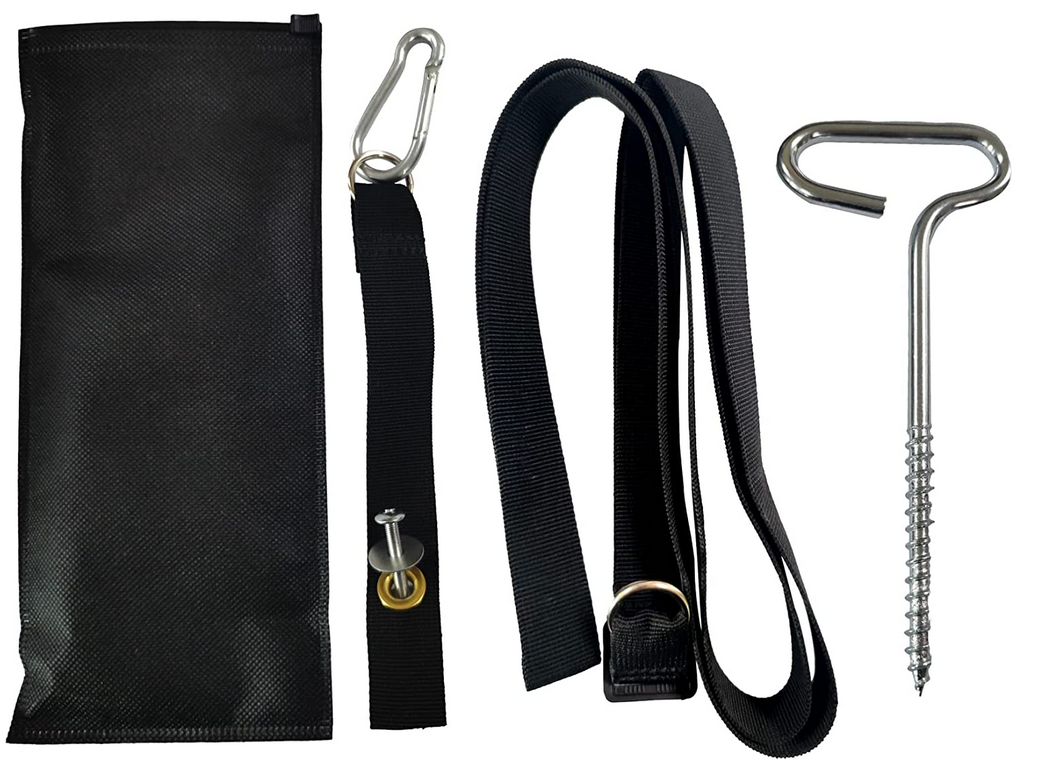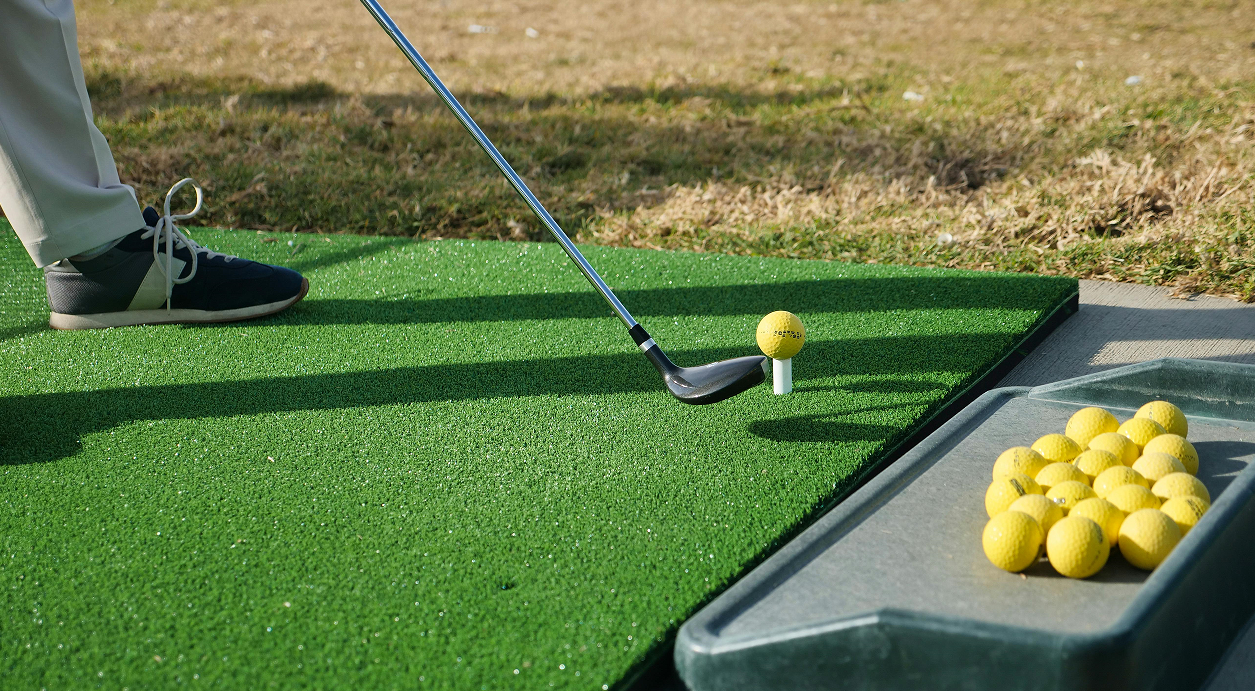Which is the most difficult golf club to master?
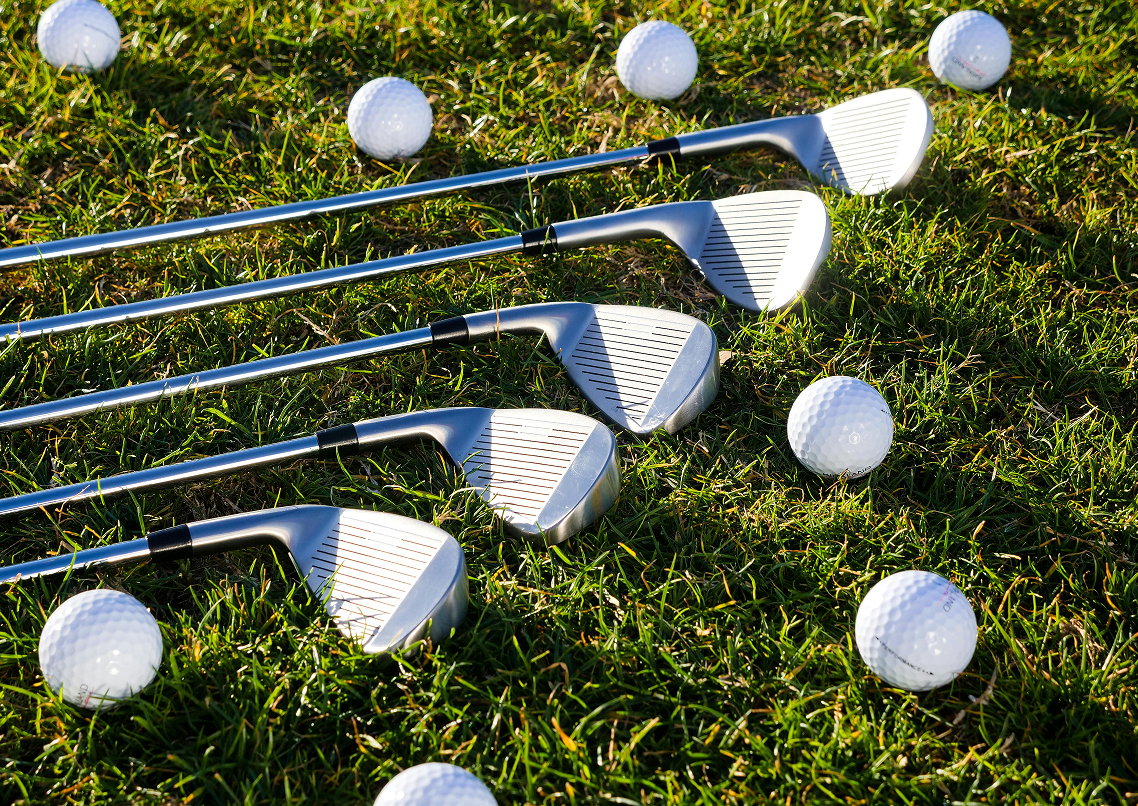
Golf is widely regarded as one of the most challenging sports in the world. For golfers, the process of pursuing perfection is full of endless difficulties and challenges. In the world of golf, every golfer faces the dilemma of choosing the right club, especially when it comes to the most difficult clubs to hit. Which club is the most difficult to master?

In this blog, Galileo sports - a global supplier of golf net and golf hitting cages - will play detective and uncover the mystery behind golf clubs. We know a lot of you are eager to know Which is the most difficult golf club to master and how to practice your swing correctly. Don’t worry, we’ve done our homework and are ready to spill the beans.
The most difficult club to master
The long irons (1-4 irons) are generally considered to be the most difficult clubs to master, with the 1-iron becoming almost a legend in modern golf due to its diminished frequency. This has resulted in the 2, 3, and 4 iron being the clubs that golfers least want to use on the course. The main difficulty lies in their long shaft and low loft design, which increases the difficulty of hitting the ball consistently, especially for amateur golfers.
However, the driver and 3-wood should not be underestimated as they are also the ones that most amateur golfers struggle with. The driver is the longest club in the golf bag with the lowest loft. Although the design of modern driver has greatly improved the forgiveness rate, accuracy is still a challenge for many amateur golfers.
Golf is not just about the challenge of the long game. For many golfers, wedges are also difficult to control. Especially when it comes to overcoming obstacles or making difficult shots, the use of wedges often makes golfers feel at a loss. Additionally, putting can be the most challenging club for some golfers because even a short putt can go off target due to psychological stress.
Fortunately, as golf technology continues to advance, club manufacturers have come up with a variety of solutions to help golfers better meet these challenges. A prime example of this is the emergence of hybrid irons, which are easier to hit than traditional long irons and even pros often include them in their golf bags. Additionally, the development of hollow-back or "game-enhancing" irons has made even the most unwieldy long irons more playable.
How to improve your skills?
First, it’s important to understand and choose the clubs that suit your style of play. For those who have trouble with long irons, consider using hybrid irons or tall woods instead.
Secondly, master the basics of golf clubs and swing techniques, which can help improve the flight distance and stability of the ball.
Basics of Golf Clubs
Grip
It goes without saying that the club grip is the most important fundamental in golf. The grip affects the movements of every part of the entire golf swing. If you do not hold the club properly, your posture to address the ball, relative ball position, stable contact and hitting, the ball's flight trajectory, and flight distance will all be affected, and it will also lead to thick or thin shots.
Position and stance
How you stand relative to the ball also affects whether you can swing correctly. You must choose an open foot position, a closed foot position, or a flat foot position according to the different hitting effects required; and a wrong stance will also cause the movement to lose balance and power. Generally speaking, the most common mistakes are slumping your shoulders and arching your back.
spine angle
This angle is the most important in golf address posture. When standing straight, the angle between your spine and the ground is 90 degrees. Then bend your knees and tilt your upper body forward from the hips about 45 degrees. That is a suitable spine angle. This angle should be maintained during the swing.
aiming direction
The simplest way to check is to see if the club face is perpendicular to the target line. If it is not aimed in the correct direction, the ball will fly away from the designated target. In addition, in order to make the ball stay at the target landing point, you may deliberately adjust the swing path to change the flight trajectory of the ball, but this is wrong and will lead to a series of mistakes.
backswing
This is the first step to achieve a smooth, powerful, and smooth swing (of course the previous basic stance must be completed first). It is crucial to start the backswing correctly, and the rhythm of the swing is mainly set by the backswing. The backswing should not be too fast and should be done in a rhythmic manner during the takeoff, backswing, and reaching the top of the swing.
top of swing
There needs to be a brief pause at the top of the swing. An easy mistake to make here is to swing too far, which will put pressure on your wrists and affect the smoothness of the swing. And if the club is not in the right position at the top of the swing, the downswing and finish will conflict with it.
downswing
Swinging down from the top of the swing to the impact point, the downswing will create a correct (or incorrect) swing path and swing plane. Whether it is done correctly affects whether the club face can force the ball perpendicular to the target line. Hit out.
Delivery and closing
It is easy for people to ignore the delivery and closing movements, but if the body is stable, the swing is smooth, and everything is done perfectly before the delivery, but if the delivery and closing movements are not coherent, you will not be able to hit the ball well, because the entire The swing process is consistent. If the delivery is stiff and the closing is deliberate, something will go wrong at the moment of hitting the ball. Just look at the flight path of the ball. A special note is, please don't look up too early.

Golf clubs are very important to swing, but this is only the first part, the correct swing skills and diligent training is more important, have a galileo golf cage of your own, anytime and anywhere at home in the backyard, in the garage, in the living room, you can polish your golf swing skills, every day accumulation is the cornerstone of the future golf course to show superb skills.
Finally, don’t neglect basic training and technical exercises. Good swing habits and stable hitting skills are the cornerstones of improving your golf skills.
Last words
Golf is a sport that requires lifelong learning and continuous practice. By in-depth understanding of the characteristics of each club, combined with appropriate practice and technological assistance, every golfer can find his or her own sense of fun and accomplishment in this challenging sport.
0 comentarios

